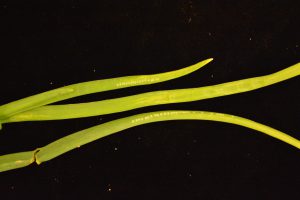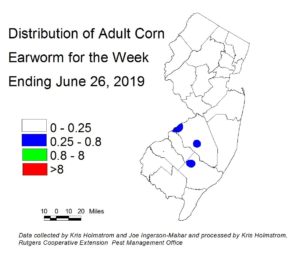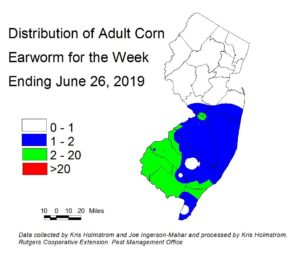Note: This is the last regular edition of the Vegetable IPM Update for the season. We will provide additional updates on specific pest/disease issues as they arise.
Sweet Corn
Corn earworm (CEW) moth catches remain at moderate levels. Overall, CEW numbers represent a normal early fall population. Moth counts will decline with cool night temperatures (especially those forecast for the upcoming weekend), but look for rebounds when nighttime temperatures exceed 60F. Economically damaging populations of this pest are present throughout the state, and all remaining silk stage plantings are at risk of crop injury if strict spray schedules are not observed.



